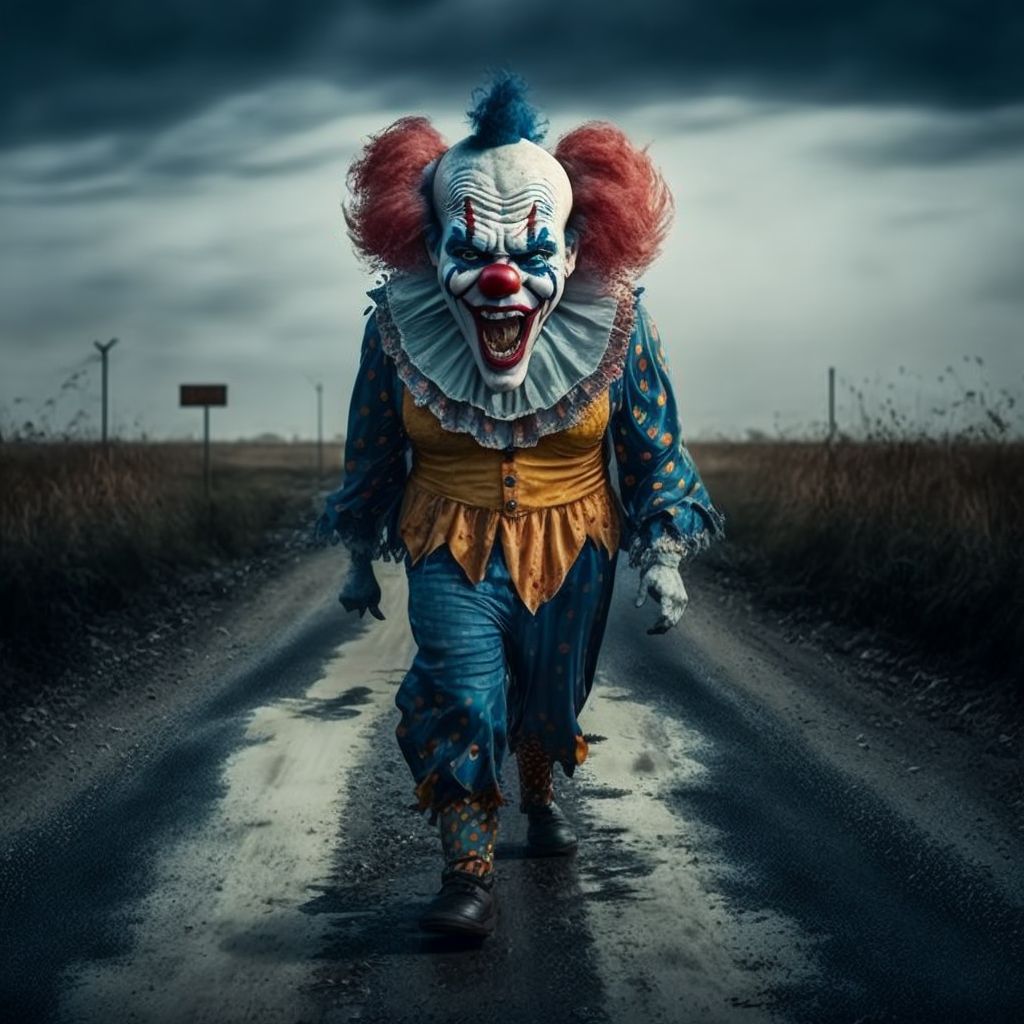Ideas for AI in the classroom - AI-Generated Art

Apart from the potential for cheating using AI, the next most-common requests by educators on social media are for how AI can be used for good in the classroom. Indeed, there are quite a few people who don't believe there could be beneficial uses at all (!) Education isn't just filling students' brains with content (I hope there are no more teachers that think that way). Teaching students how to survive in the world includes making the best of new technologies along the way, and AI certainly will be something learners will have to contend with in the future. This post suggests how to use AI with students, and this week I am starting with AI.
By the way, for subscribers, I have bonus ideas that you can view in the email newsletter version of this post.
AI Image Creation
AI Image creation tools have become common online, along with an explosion in their use. AI image creation involves using algorithms and machine learning techniques to generate original images that are not copies of any existing work. Although there are a vocal group of artists arguing that AI-generated art is illegal, AI image creation is not the same as stealing an artist's work. While AI image creation may be inspired by certain artistic styles or techniques, it does not involve directly copying or reproducing someone else's work. As such, it is not considered stealing in the same way as reproducing or using someone else's work without permission. In a way, it is similar to people looking at images online and in galleries and using what they have seen consciously (or unconsciously) in creating their work.
This use of AI-generated art is going to be helpful in schools. Here are some ways I think it will help.
Copyright-free images
Traditionally there has been an issue in schools where students take images posted online and add them to projects. Search engines like Google and Bing helpfully do have settings to display creative commons licensed images however these are not used often by students.
Being able to input a prompt into an engine such as Dalle-2 will generate some content that is relevant and interesting, enriching the student's written work without breaching copyright rules.
Dalle-2 is free up to a set number of images per month (currently 15) whereupon the user has to pay for more tokens (US$15 for 115).
A more expensive option, but with far better images, is Midjourney. There is a monthly cost with Midjourney (US$10 per month public, US$30 per month private), but this could potentially be borne by a class account, operated by a teacher. Stable Diffusion is a potential free solution but requires a powerful games spec PC to work.
Visualising Concepts
When I first learned of AI and art creation and used Dalle-2, I showed the head of art at my school. Far from being concerned, she thought it would be brilliant at generating ideas for students, particularly those who were finding themselves in a rut. Since talking to other art students at Uni, they also think it could be helpful. What I find amazing about AI-generate art is that it will produce unusual results that were not what I had initially in mind.
Here are some examples of AI-generated images created using MidJourney.






Literacy and Image Creation
A long time ago, when I was at secondary school, I remember having to write a poem and then make a painting representing the poem. Unfortunately, I was good at writing a poem but not so good at painting. However, now there is an alternative way to link literacy with art. Creating images using AI requires the use of language to describe what the AI should create. This is potentially a good way to bring literacy into the art room.
For example, this prompt (a phrase to describe what is intended in the image) reads:
A cosy cottage at the foot of Cadair Idris in Wales as dusk settles
and generated this:

Business Studies and AI
For those business studies students who are not artistic, AI could enable them to create marketable products more quickly. AI also avoids issues with copyright images, as previously mentioned. Many images would be suitable for Print-On-Demand t-shirts, mobile phone cases etc. In many schools, the time frame for creating something to sell is quite short, so this would be a big time saver and more likely to appeal to buyers.
These are just a few ideas. Subscribers have a bonus of two ideas to look at, so if you are interested- please subscribe!
Next time...
There are a lot of potential benefits to using the text AI generators. I'll go through some examples and suggest how AI text generation can be a positive thing in the classroom.
See you next time!